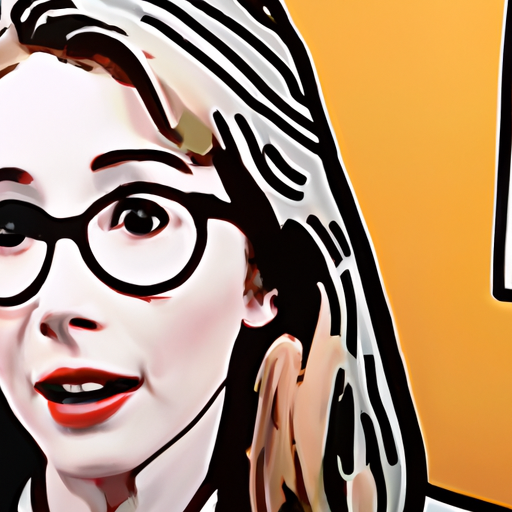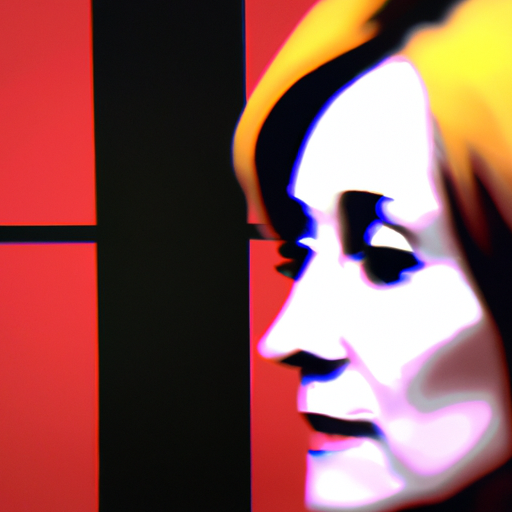
-
Table of Contents
Abstract Expressionism and the Realm of Design

Abstract Expressionism is a prominent art movement that emerged in the United States in the mid-20th century. It is characterized by its emphasis on spontaneous, non-representational forms of expression. While primarily associated with painting, the principles and techniques of Abstract Expressionism have also influenced the realm of design. This article explores the relationship between Abstract Expressionism and design, highlighting the impact of this art movement on various design disciplines.
The Origins and Characteristics of Abstract Expressionism
Abstract Expressionism emerged in the 1940s and 1950s as a response to the social and political climate of the time. It was a reaction against the rigid conventions of representational art and sought to explore the inner emotions and subconscious of the artist. The movement was characterized by its emphasis on spontaneity, gestural brushwork, and the use of bold colors.
Abstract Expressionist artists such as Jackson Pollock, Mark Rothko, and Willem de Kooning embraced the idea of “action painting,” where the physical act of creating the artwork was as important as the final result. They believed that the process of painting, with its drips, splatters, and energetic brushstrokes, revealed the artist’s innermost thoughts and emotions.
The Influence of Abstract Expressionism on Graphic Design
Abstract Expressionism had a profound impact on the field of graphic design, particularly in the realm of typography and layout. Designers began to experiment with unconventional layouts, incorporating asymmetry and irregular shapes inspired by the spontaneous brushwork of Abstract Expressionist paintings.
One notable example is the work of Herb Lubalin, a renowned graphic designer of the 20th century. Lubalin’s designs often featured bold, expressive typography that echoed the gestural brushstrokes of Abstract Expressionist paintings. His iconic logo for the magazine “Avant Garde” is a prime example of this influence, with its dynamic, overlapping letterforms.
Another designer who embraced the principles of Abstract Expressionism was Paul Rand. Rand’s work in the 1950s and 1960s revolutionized corporate branding and logo design. His use of bold, abstract shapes and vibrant colors reflected the energy and spontaneity of Abstract Expressionism. The IBM logo, with its simple, geometric forms, is a testament to Rand’s ability to distill complex ideas into visually striking designs.
The Impact of Abstract Expressionism on Industrial Design
Abstract Expressionism also left its mark on the field of industrial design, influencing the way products were conceived and presented to the public. Designers began to incorporate elements of spontaneity and expressiveness into their creations, moving away from the strict functionalism of the modernist movement.
One notable example is the work of Charles and Ray Eames, renowned for their contributions to furniture design. The Eames Lounge Chair, with its organic curves and molded plywood construction, embodies the principles of Abstract Expressionism. The chair’s sculptural form and attention to detail elevate it beyond mere functionality, creating a work of art in its own right.
Abstract Expressionism also influenced the field of automotive design. The iconic designs of the 1950s and 1960s, with their sleek lines and bold colors, were heavily influenced by the expressive brushwork and vibrant palette of Abstract Expressionist paintings. Cars such as the Chevrolet Corvette and the Ford Thunderbird became symbols of American ingenuity and artistic expression.
The Role of Abstract Expressionism in Web Design
Abstract Expressionism continues to inspire contemporary designers, particularly in the realm of web design. The principles of spontaneity, gestural brushwork, and bold colors are often incorporated into website layouts and graphics.
One example of this influence is the website of the Museum of Modern Art (MoMA). The MoMA website features a dynamic, abstract background that evokes the energy and movement of Abstract Expressionist paintings. The use of bold typography and vibrant colors further reinforces the connection to this art movement.
Another example is the website of the design agency “Fantasy.” The site incorporates elements of Abstract Expressionism through its use of fluid, organic shapes and bold, expressive typography. The overall design creates a sense of dynamism and creativity, reflecting the principles of Abstract Expressionism.
Conclusion
Abstract Expressionism has had a profound impact on the realm of design, influencing disciplines such as graphic design, industrial design, and web design. The principles of spontaneity, gestural brushwork, and bold colors have transformed the way designers approach their craft, pushing the boundaries of creativity and expression.
From the unconventional layouts of Herb Lubalin to the sculptural forms of Charles and Ray Eames, Abstract Expressionism has left an indelible mark on the world of design. Its influence continues to be felt in contemporary design, as designers draw inspiration from the energy and spontaneity of this groundbreaking art movement.
As we look to the future, it is clear that Abstract Expressionism will continue to shape the realm of design, inspiring new generations of artists and designers to push the boundaries of creativity and expression.
